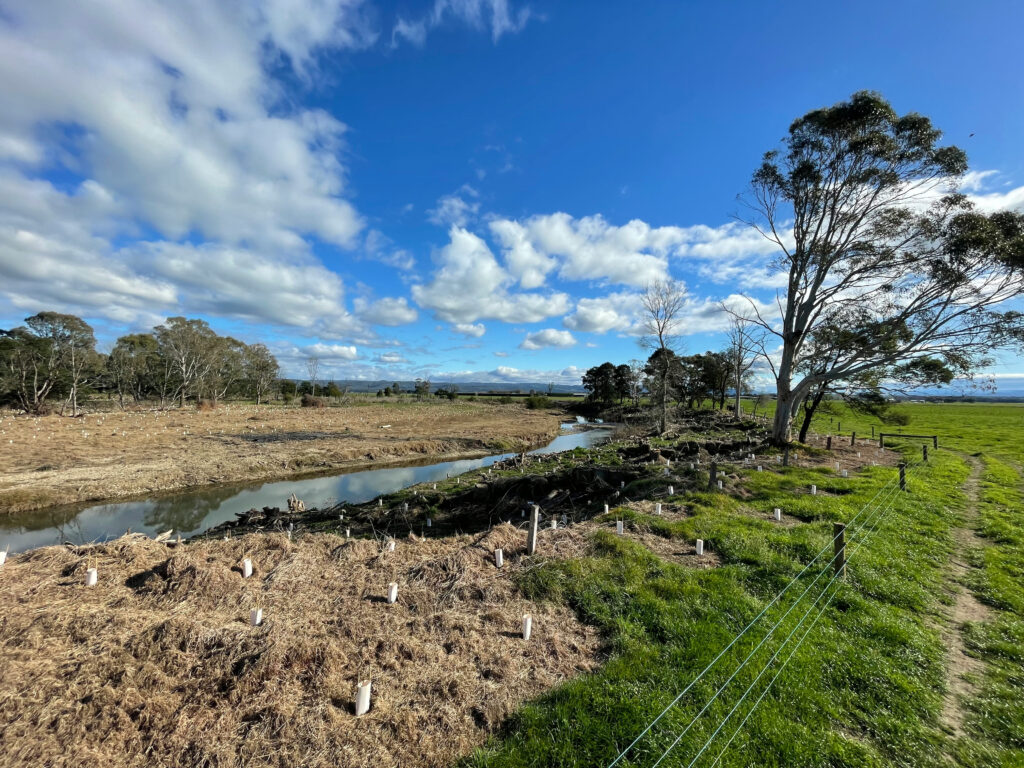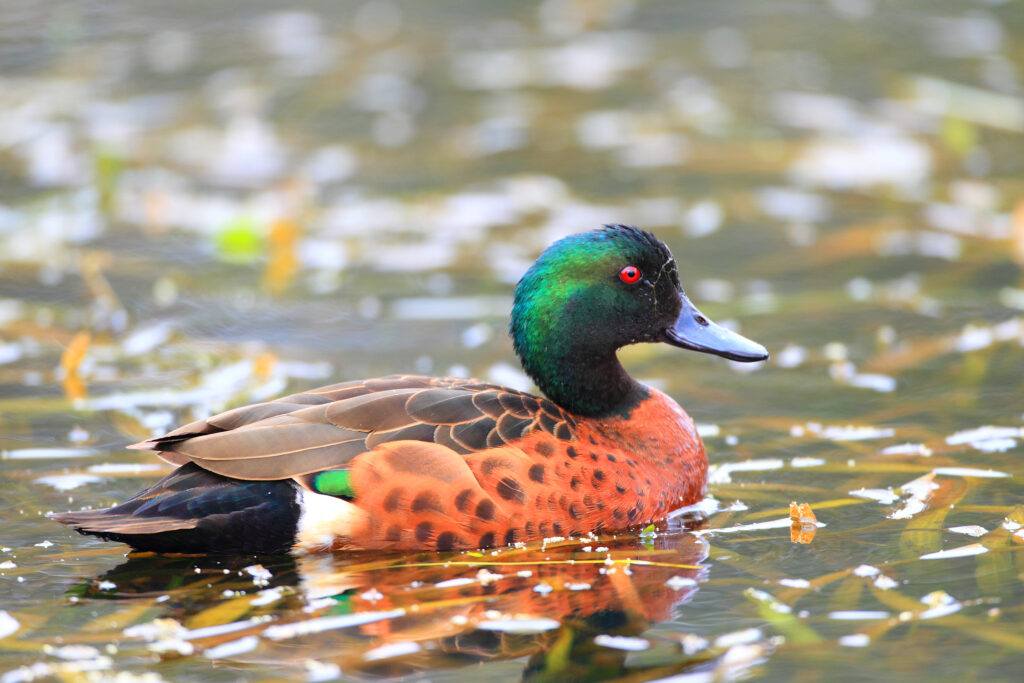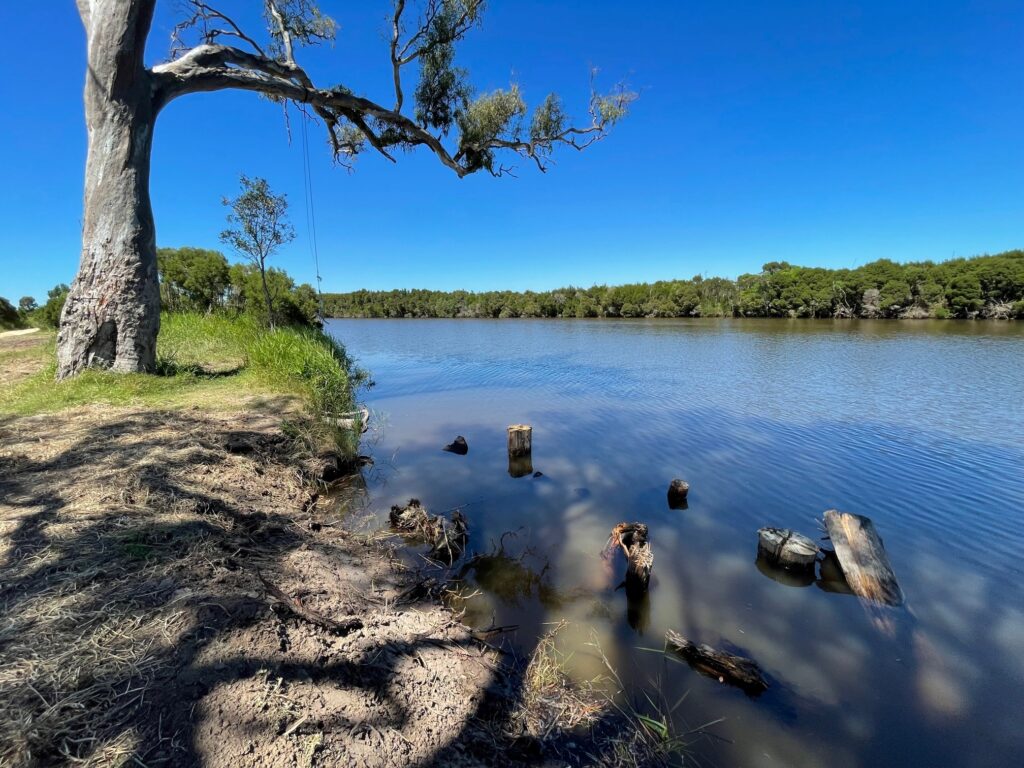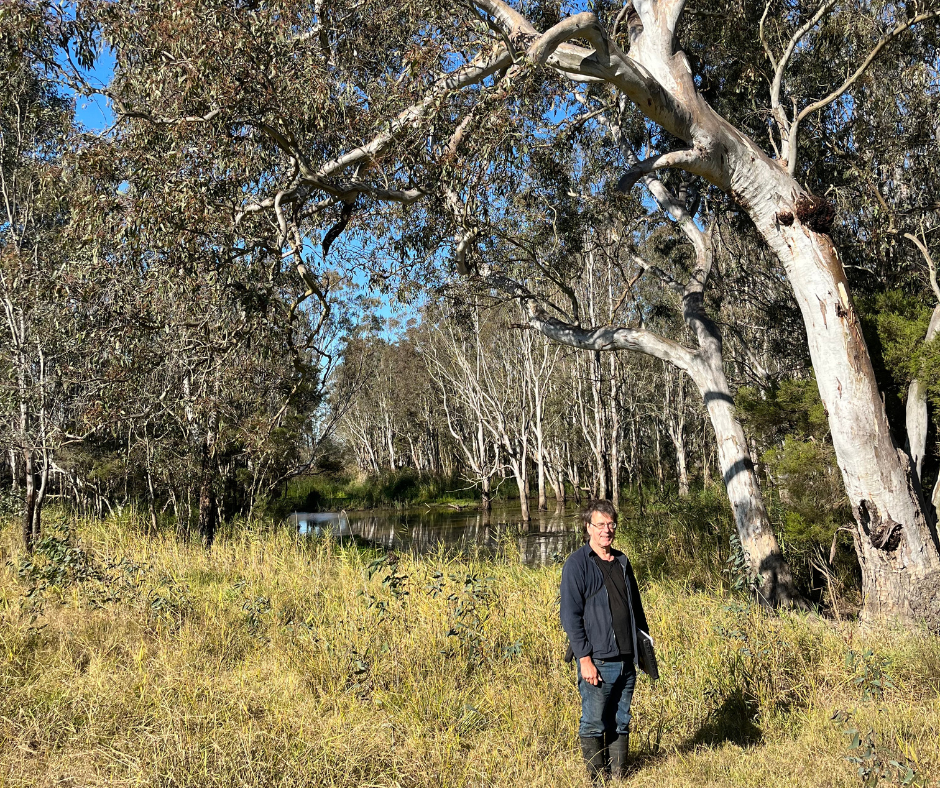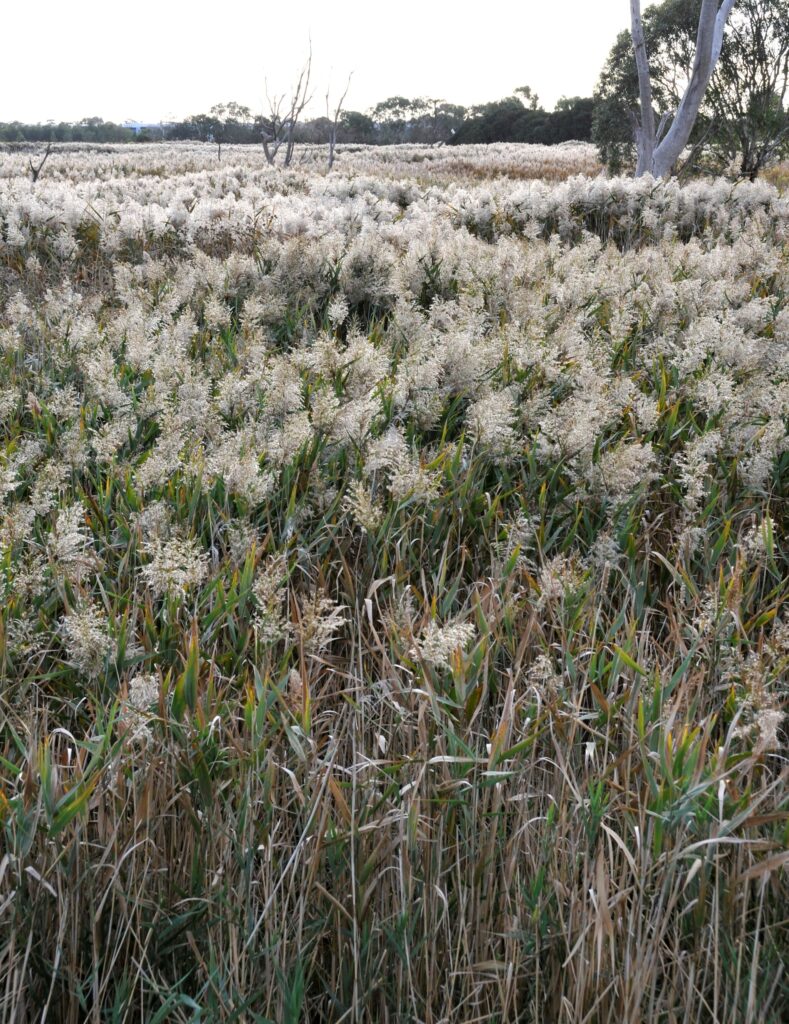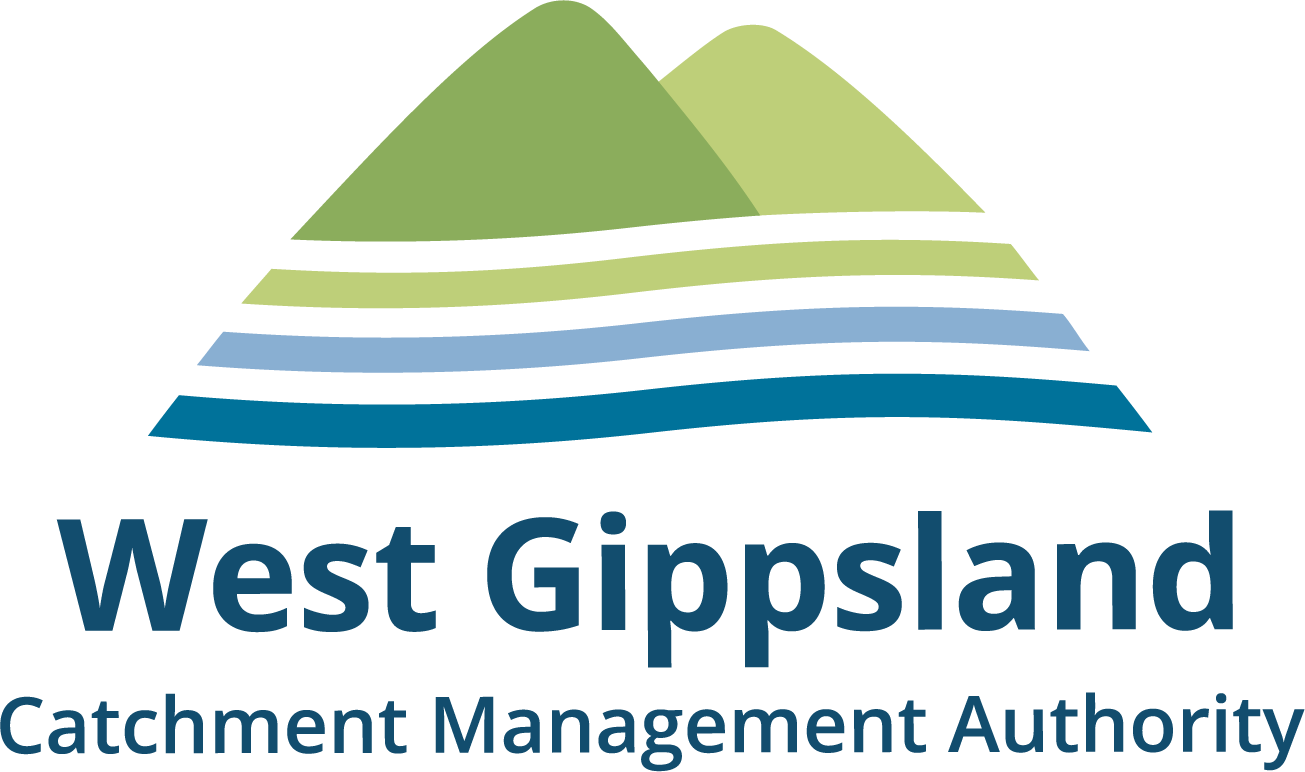Protecting the Gippsland Lakes from west to east
West Gippsland Catchment Management Authority (the CMA) is proud to have delivered five projects for the Love Our Lakes program across the Gippsland Lakes ranging from protecting and enhancing wetlands to creating homes for fish in the Lower Avon River.
“West Gippsland’s catchment includes the western end of the Gippsland Lakes – notably Lake Wellington and the rivers that feed into it. We are delighted to play our part in delivering positive works for the health of the Lakes through the Love Our Lakes program with partners and community,” said Martin Fuller, CEO of West Gippsland CMA.
“Each of the projects will build on research and grow resilience and capacity for the Gippsland Lakes system through creating cleaner rivers and fish habitat, giving wildlife and wetlands room to move, trialling solutions for shoreline erosion and monitoring floodplain birds and vegetation.”
Dirty Rivers
This project targeted some of the ‘dirtiest’ river reaches within Lake Wellington catchment that contribute the most sediment to the Gippsland Lakes and transformed them by securing landholder agreements then fencing, removing weeds and replanting the river reaches.
Along Rainbow Creek, the team protected over 50 metre wide buffers on either side of the river, with four kilometres of fencing and 7.1 hectares of weed control and revegetation of the site. With cattle and willows removed, plants can recover, bank erosion is reduced, natural filtration is increased and significantly less sediment is transported into the beautiful Lakes.
Room to Move
Five freshwater wetlands were restored across the latest Love Our Lakes program – each unique and most located on private land. The team worked towards a vision of restoring freshwater refuges along the rivers that run into the Lakes to provide refuge for wildlife and plants such as the majestic river red gums.
At a private property near Sale the CMA identified an open marsh style site as a priority because it is bordered on three sides by Sale Common and Flooding Creek. The team removed the weeds and put 6,000 indigenous plants into the site ranging from water plants to trees and ground covers.
Lower Latrobe Wetlands Flora & Fauna Surveys
In partnership with BirdLife Australia, the CMA monitored wetland bids around Sale Common and surveyed plants on the Lower Latrobe Floodplain that flows into Lake Wellington. Plant surveys found nine rare species, with such beauties as Water Parsnip (Berula erecta) Eastern Water Ribbons (Cycnogeton microtuberosum), Feather-leaf Buttercup (Ranunculus amplus) and the vulnerable River Swamp Wallaby Grass (Amphibromus fluitans). This shows the importance of working with landholders to protect and enhance the Lakes’ floodplains and results will inform future management of the areas.
The bird surveys counted 3,612 birds from 82 species with Chestnut Teal (Anas castanea) being the most abundant. At Dowd Morass, Royal Spoonbills (Platalea regia) were recorded breeding and roosting along with Australasian Darter (Anhinga novaehollandiae), Pied Cormorant (Phalacrocorax varius) and Little Black Cormorant (Phalacrocorax sulcirostris).
Lake Wellington fringing vegetation re-establishment trials
In an exciting and innovative trial project, the CMA worked with Australian Landscape Trust on the north shore of Lake Wellington to tackle shoreline erosion.
The team trialled three different structures at the Trust’s Strathfieldsaye property to determine which is most effective in buffering wave action to protect native reeds and allow them to re-establish.
These are:
- Pile fields
- Scattered woody debris
- Offshore reef.
The property includes areas of Trust for Nature covenants and Greening Australia has also planted Phragmites australis (Common Reed) on the newly protected shoreline.
Reducing wave action and reestablishing the fringing vegetation that once dominated the Lake Wellington shoreline has enormous potential to decrease erosion, improve water quality and provide a blueprint for innovative shoreline protection in this unique and challenging environment.
Creating better homes for fish in Lower Avon River
This project helps to understand resident fish populations, create more habitat for them to thrive and improve facilities for fishers and river users.
To be able to measure success, the CMA undertook fish surveys using various methods including electro fishing. They recorded Estuary Perch, Australian Bass, Bully Mullet and Flathead Gudgeon.
A second fish survey was conducted after the instream structural habitat was installed which showed the fish using their new habitat for feeding and shelter.
These projects are part of a $248 million investment by the Victorian Government to improve the health of waterways and catchments across regional Victoria. Of this, $7.5 million was provided to improve the health of Gippsland Lakes over three years (2021-2024), through support to the Gippsland Lakes Coordinating Committee and for the delivery of on-ground works and community engagement.
